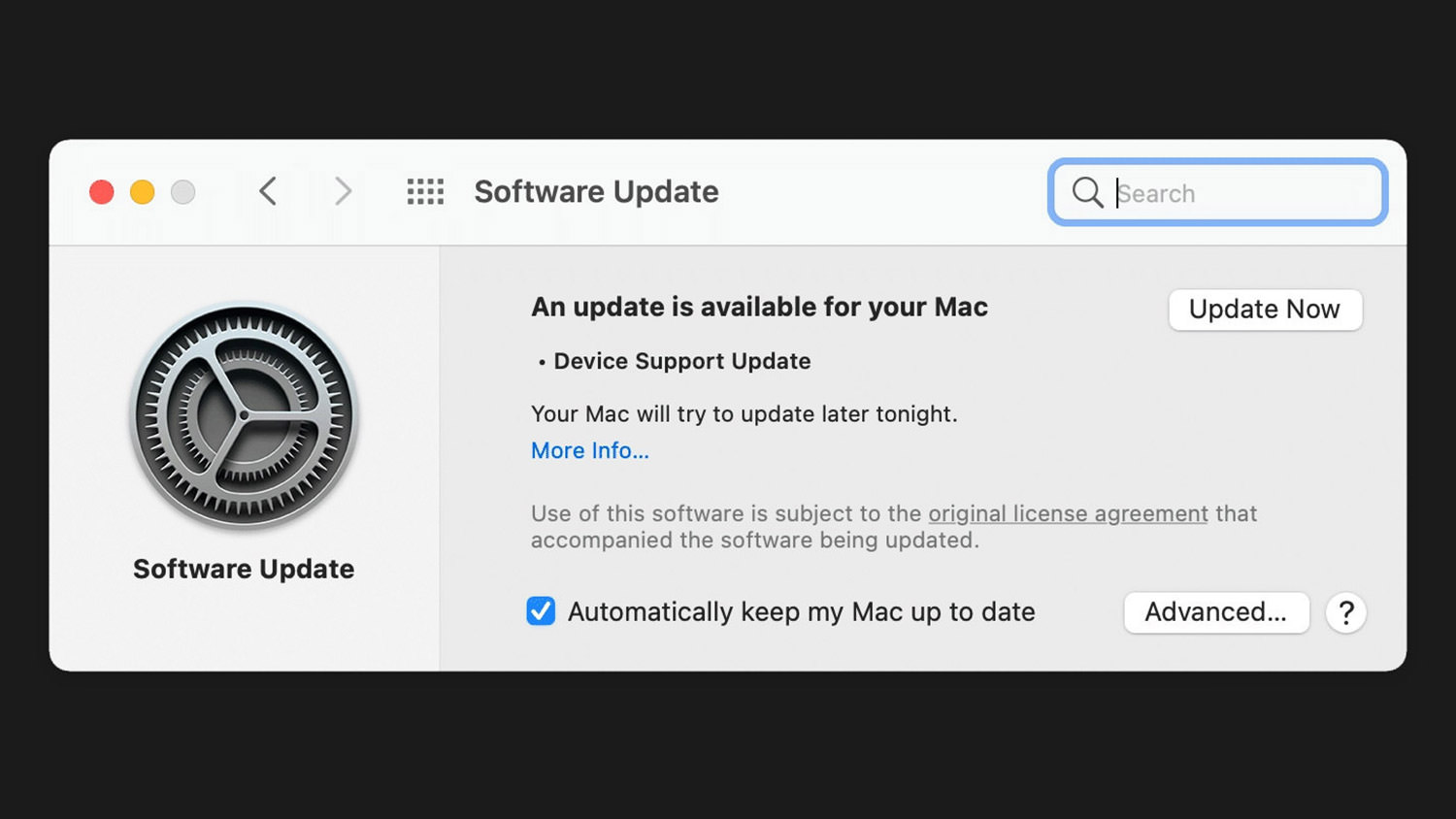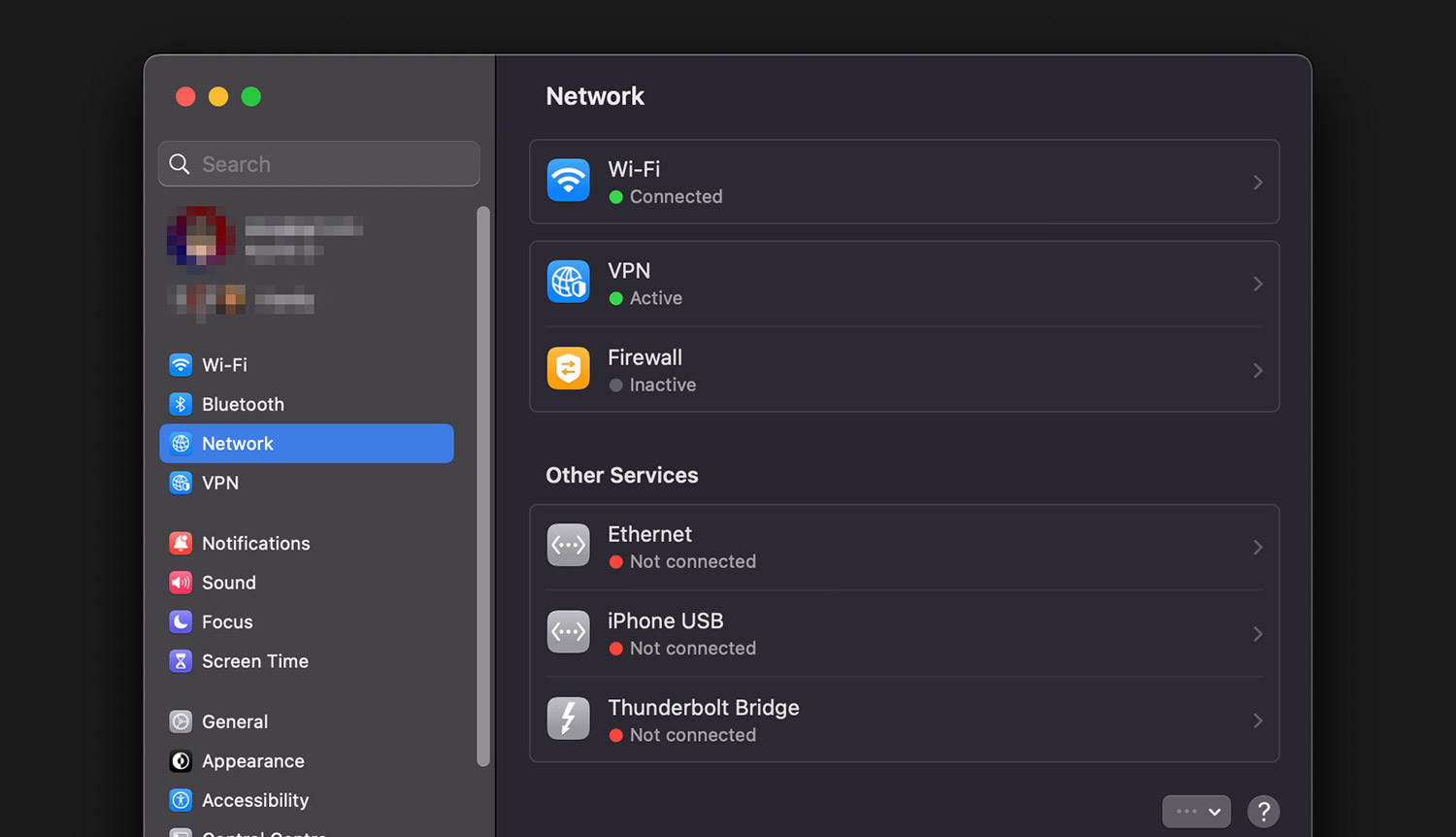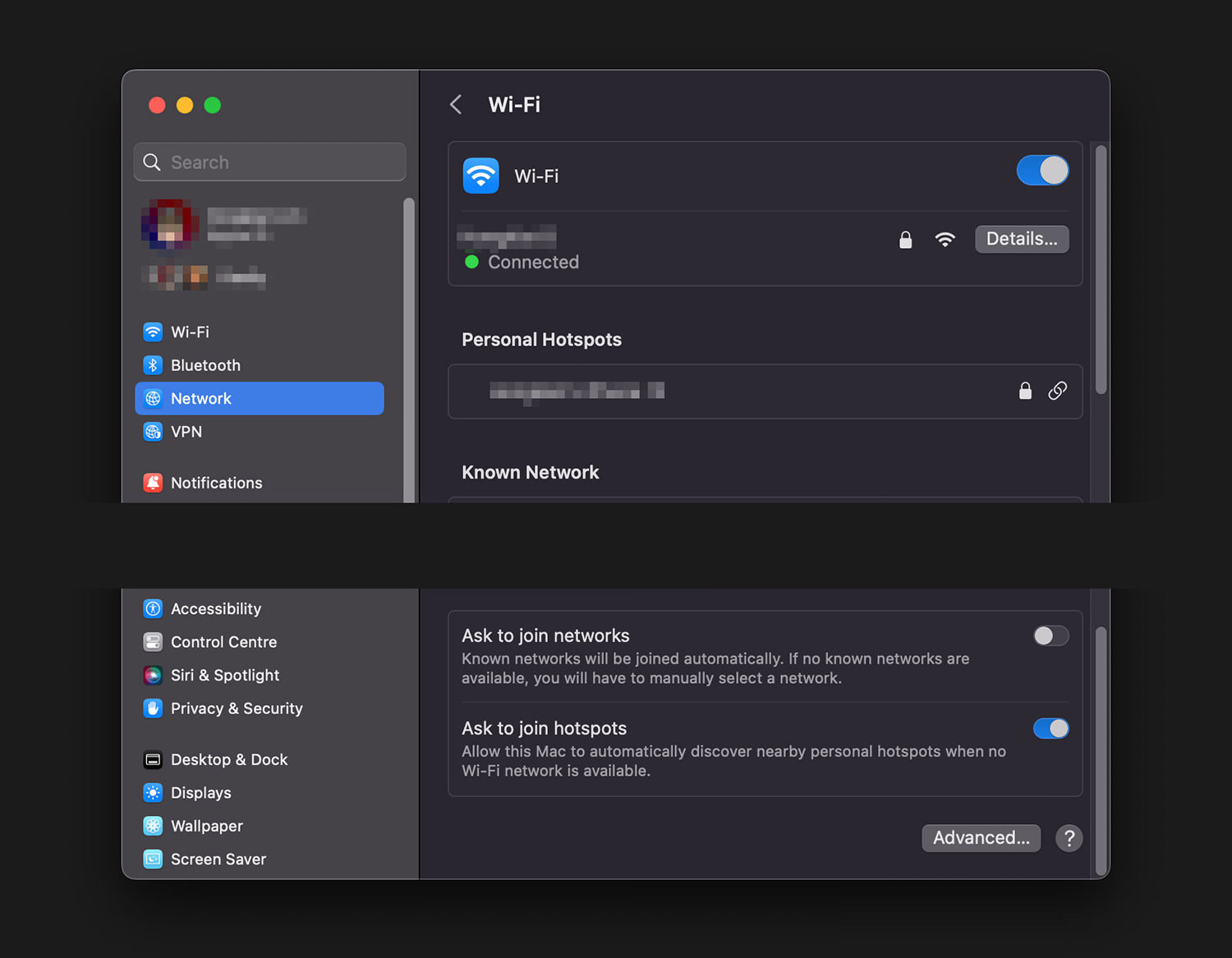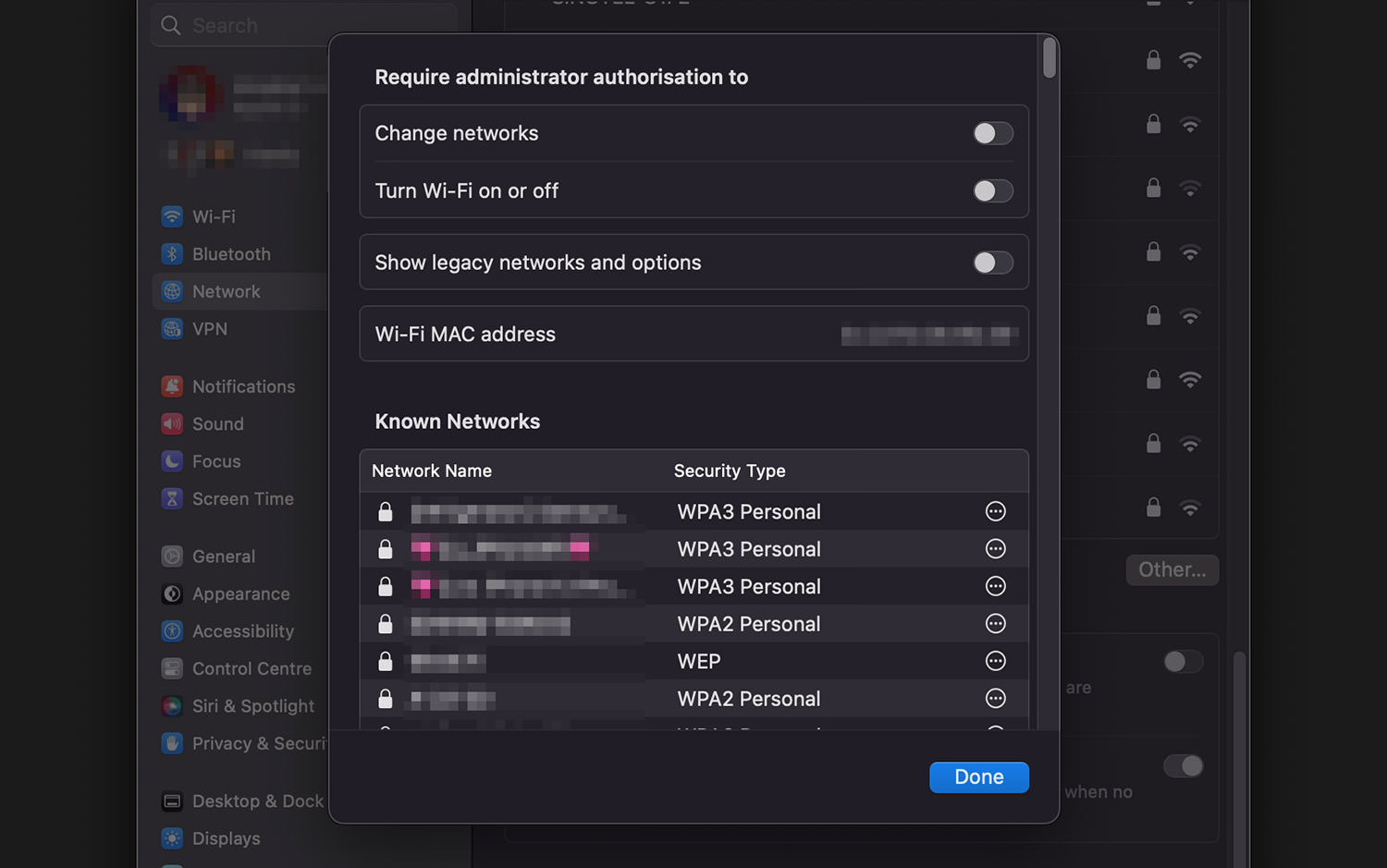How to Resolve Common Mac Connectivity Issues
As Mac users, we often rely on seamless connectivity to carry out a wide range of tasks. Whether it’s connecting to the Internet for important work-related activities, pairing with Bluetooth devices for enhanced functionality, or accessing Wi-Fi networks and networked devices such as printers or file servers, a stable connection is crucial.

However, at times, we may encounter various connectivity issues that can hinder our productivity and the overall user experience. These issues can range from slow or unstable Internet connections, difficulties in pairing with Bluetooth devices, or challenges when trying to connect to Wi-Fi networks.
In this post, we aim to address these common connectivity problems experienced by Mac users. We will not only identify these issues but also provide practical solutions to help you overcome them.
Common Causes of Mac Connectivity Issues
There could be several factors contributing to connectivity issues on a Mac:
1. Outdated apps or OS
Your Mac’s operating system depends on the apps being up-to-date to ensure efficient communication with the hardware.
If these apps, or the operating system itself, are outdated, they may not be compatible with newer hardware or network protocols, which can lead to connectivity issues. Regularly updating your macOS and the apps installed on it ensures they have the latest features and bug fixes, thereby maintaining optimal performance and reliable connectivity.
2. Interference from other devices
The modern household or workplace is often filled with numerous electronic devices and networks that all use various wireless signals. These devices, such as cordless phones, baby monitors, microwaves, or other Wi-Fi networks, can sometimes emit signals that interfere with your Mac’s Wi-Fi or Bluetooth connections.
This interference can result in a weakened signal, slower speeds, or an unstable connection. Understanding potential sources of interference and strategically placing your devices can significantly improve your connection quality.
Related: How to Fix Slow WiFi Connection
3. Hardware issues
The physical components of your Mac and your network equipment play a critical role in connectivity. If there’s a defect or damage in your Mac’s hardware, such as the network card, or in your external hardware like your modem or router, it can cause connectivity issues.
For instance, a faulty network card may struggle to maintain a stable connection, while an old or malfunctioning router may not distribute Wi-Fi signals efficiently. Regular hardware checks and maintenance can help prevent said problems.
4. Incorrect network settings
Your Mac’s network settings are like the rulebook for how your computer communicates with networks. These settings determine how your computer connects to and interacts with the internet, other computers, and network hardware.
If these settings are incorrectly configured, it can disrupt your ability to connect to the internet or other networks. This can be due to a variety of reasons such as incorrect IP configurations, DNS server issues, or faulty VPN settings. Regularly reviewing and correcting these settings can help ensure consistent network connectivity.

Resolving Mac Connectivity Problems
Here are some suggested steps to resolve connectivity issues on a Mac:
1. Check Your Hardware
Connectivity issues often have a physical origin. Start by ensuring that your modem and router are plugged in, turned on, and displaying the correct status lights. A simple reboot of these devices can sometimes solve connectivity problems.
Also, confirm that your Mac’s Wi-Fi or Bluetooth is enabled, which you can check from the menu bar at the top of your screen. If a specific device, such as a Bluetooth mouse or keyboard, is not working, check that the device is charged, switched on, and within the appropriate range of your Mac.
Remember, Bluetooth devices often have a limited range, and objects between your Mac and the device can interfere with the connection.
2. Update Your Software
Outdated software can often be the culprit behind connectivity issues. Apple routinely releases software updates to fix bugs and improve performance, so it’s crucial to keep your macOS and all drivers up-to-date.
To check for software updates, click on the Apple logo in the top-left corner of your screen, then select “System Settings…” After that, navigate to “Software Update”. If updates are available, follow the on-screen instructions to install them.

3. Troubleshoot Your Network
If you’re having trouble connecting to your Wi-Fi network, try to connect to a different network, if one is available. This can help you determine if the problem is with your network or your Mac.
Alternatively, try connecting another device to your network. If that device can connect, the issue may be with your Mac. However, if that device also cannot connect, the issue is likely with your network, and you may need to reset your router or contact your Internet Service Provider.
4. Check for Interference
Various devices and appliances can interfere with Wi-Fi or Bluetooth connections. This includes microwaves, cordless phones, baby monitors, and other wireless devices.
If possible, try moving your Mac closer to your Wi-Fi router or further away from potential sources of interference. For Bluetooth, make sure there are no objects blocking the path between your Mac and the device.
5. Reset Your Network Settings
Incorrect network settings can prevent your Mac from connecting to the Internet. If you’ve tried everything else and you’re still having issues, you might need to reset your network settings.
To perform this task, navigate to “System Settings…”, followed by “Network.”

Choose “Wi-Fi”, then click the “Advanced…” button located at the bottom of the screen.

In the “Known Networks” section, you have the option to remove all networks from your preferred networks list.

After doing so, add your network back in and input your Wi-Fi password. This essentially allows your Mac to start fresh when connecting to your network. You might also want to clear your Mac’s DNS cache.
6. Reset the SMC and PRAM/NVRAM
System Management Controller (SMC) and Parameter RAM (PRAM)/Non-Volatile RAM (NVRAM) are parts of your Mac that control certain hardware functions. Sometimes, resetting these can help resolve connectivity issues.
To reset the SMC on most Mac laptops, first shut down your Mac. Then, press and hold the power button for 10 seconds and release.
To reset PRAM/NVRAM, restart your Mac and immediately press and hold the Option + Command + P + R keys together for about 20 seconds. After resetting these, check if the connectivity issue persists.

If none of these steps solve your issue, you may need to reach out to your Internet Service Provider or Apple’s customer support for further help. It’s possible there may be a more complex issue at play that needs professional attention.